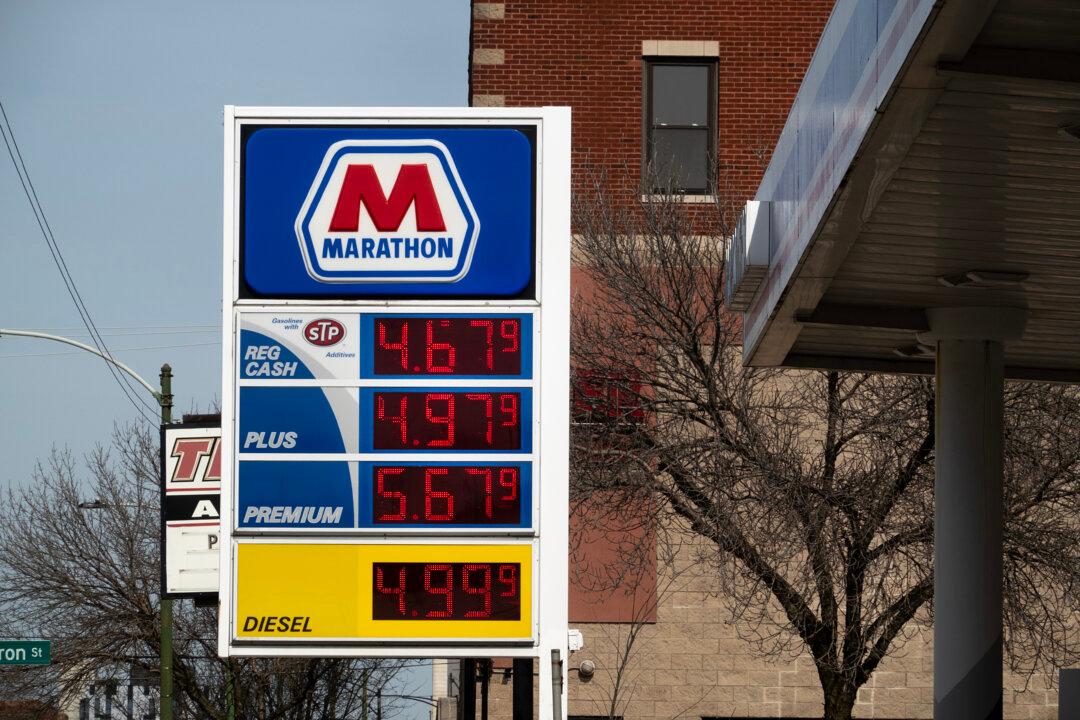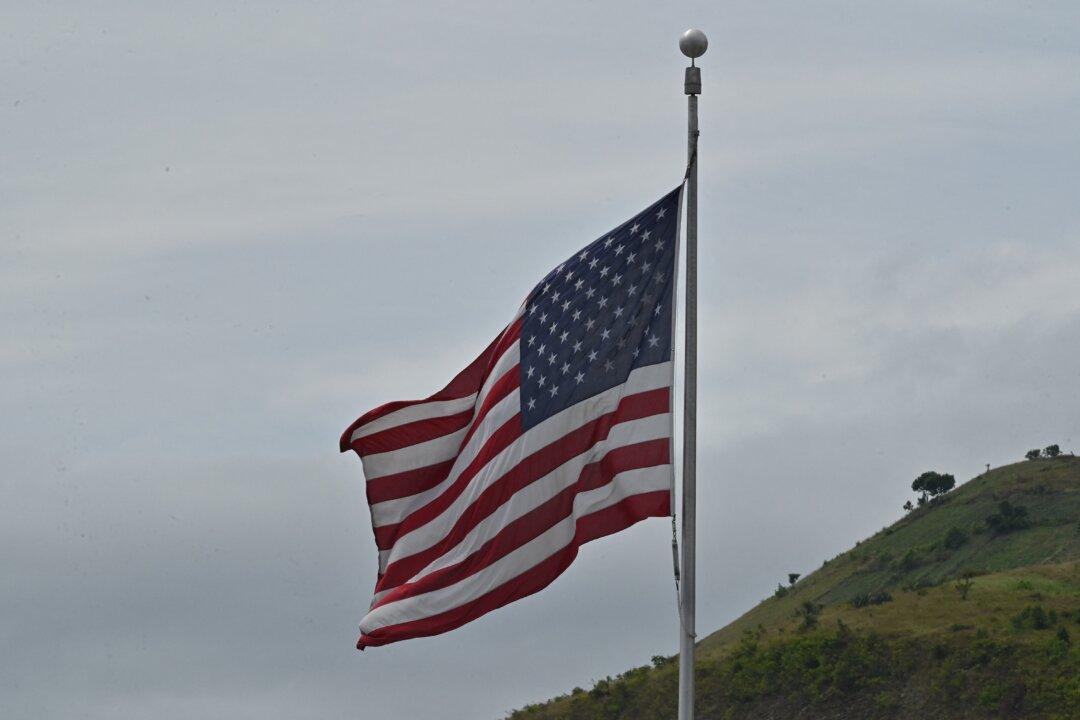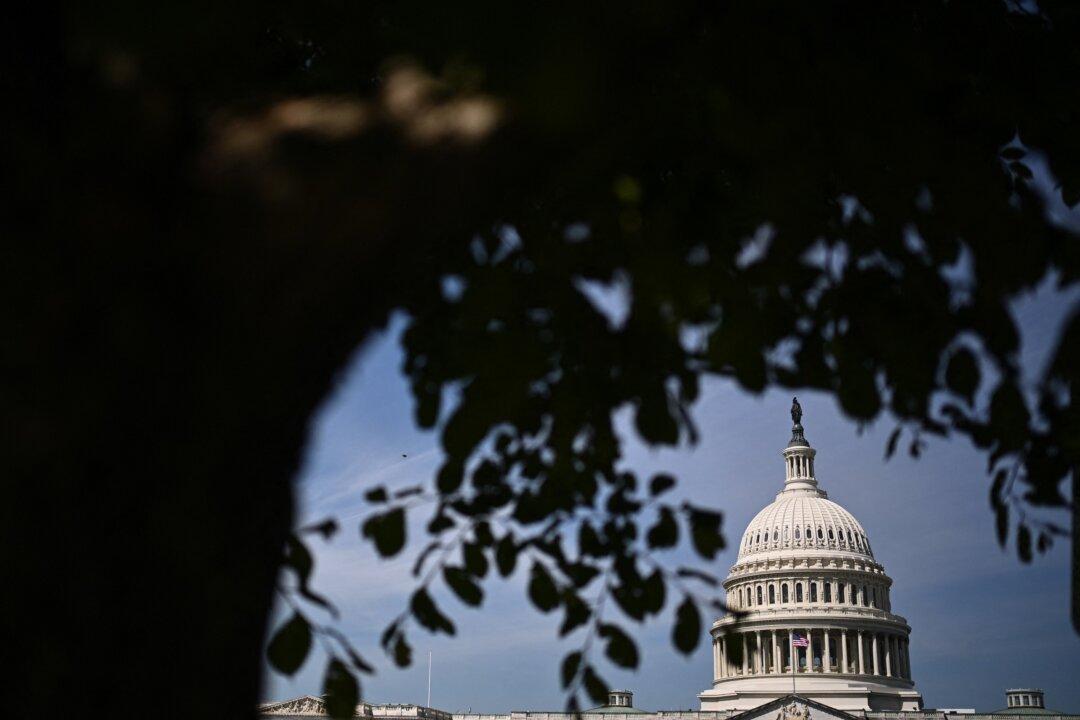Commentary
It is the middle of summer, and the weather has been unavoidably hot across the globe and the free world. Here in Atlanta, where I am based, the summer heat is impossible to escape. Apart from certain mountain communities in the southern Appalachians, Atlanta is completely surrounded by similar geography and heat indexes. It is always hot in the summer in the Southeast, let alone in parts of the Midwest and East Coast. The only differentiator is whether or not the humidity is manageable or if it is completely off the charts.





